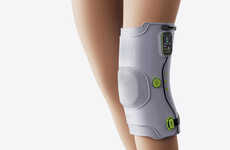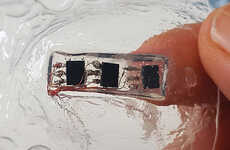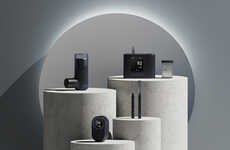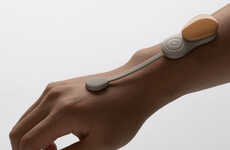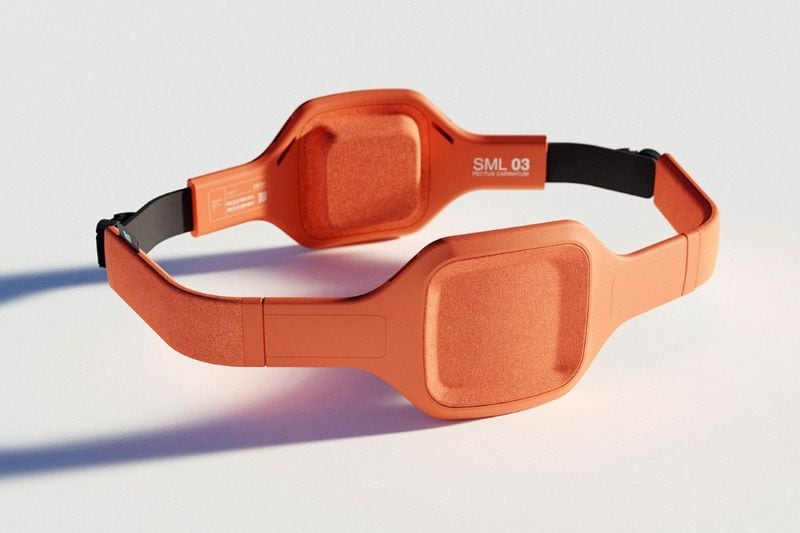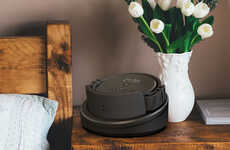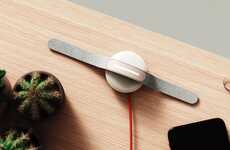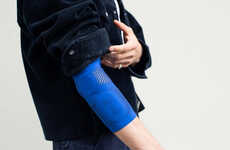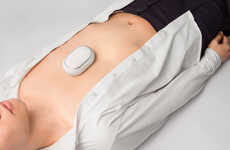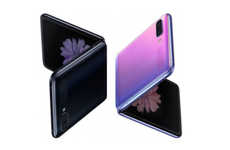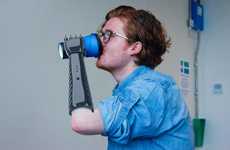
The Conceptual 'Brace' Wearable Aids with Pectus Carinatum
Michael Hemsworth — February 21, 2020 — Tech
References: yankodesign
Social stigma surrounding health devices can have a detrimental effect on the treatment of an array of problems, so the conceptual 'Brace' wearable has been developed with this in mind.
The wearable is designed for treating children with pectus carinatum and works by being positioned onto the chest to provide gradual compression to help bring it back to shape. The noninvasive, discreet design of the health wearable will allow children to keep it on continuously without having to feel embarrassed or awkward.
The conceptual 'Brace' wearable is the design work of UK-based PDR for R&D Surgical Ltd. and is the winner of the 2020 iF Gold Design Award. The wearable identifies the need for modern healthcare devices to help patients feel more confident when going about their daily lifestyle.
The wearable is designed for treating children with pectus carinatum and works by being positioned onto the chest to provide gradual compression to help bring it back to shape. The noninvasive, discreet design of the health wearable will allow children to keep it on continuously without having to feel embarrassed or awkward.
The conceptual 'Brace' wearable is the design work of UK-based PDR for R&D Surgical Ltd. and is the winner of the 2020 iF Gold Design Award. The wearable identifies the need for modern healthcare devices to help patients feel more confident when going about their daily lifestyle.
Trend Themes
1. Discreet Health Wearables - The development of discreet health wearables addresses social stigma and allows patients to use them without feeling embarrassed or awkward.
2. Noninvasive Treatment Devices - Noninvasive treatment devices provide innovative solutions for various health conditions and improve patient experience.
3. Patient-centered Healthcare Technology - Patient-centered healthcare technology focuses on developing devices that enhance patient confidence and seamlessly integrate into their daily lives.
Industry Implications
1. Medical Devices - The medical devices industry can leverage discreet health wearables and noninvasive treatment devices to improve patient outcomes and user experience.
2. Pediatric Healthcare - The pediatric healthcare industry can benefit from the development of discreet juvenile health devices like the 'Brace' wearable, as they enhance treatment options and patient comfort.
3. Design and Innovation - The design and innovation industry plays a crucial role in developing patient-centered healthcare technology that addresses social stigma and promotes confidence in patients.
4.2
Score
Popularity
Activity
Freshness


